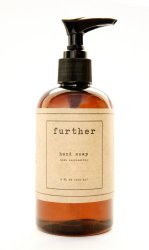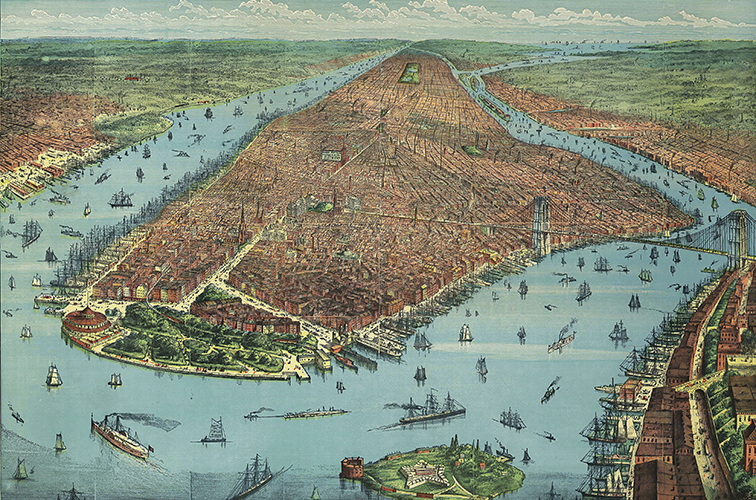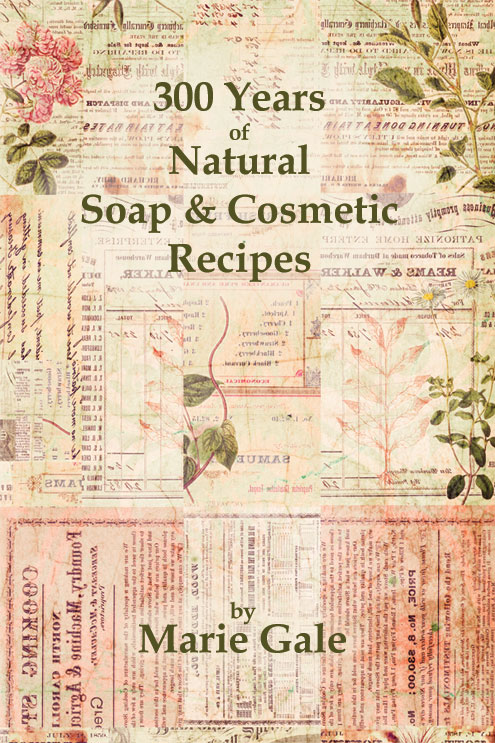It seems that “what goes around, comes around,” even with soap. What was once a distasteful chore of country housewives or the task of garbage entrepreneurs has now become the new eco-friendly activity of chefs. According to a recent article at Food and Wine there’s a new line of soaps made from the byproducts of turning restaurant kitchen grease into biofuel.
A Bit of History
Soap is a chemical reaction between animal or vegetable fats or oils and an alkali (sodium hydroxide or potassium hydroxide) and water. Throughout the history of soap, one of the sources of those animal or vegetable fats has been kitchen grease. In 1832 Mrs. Childs published The American Frugal Housewife: Dedicated to Those Who Are Not Ashamed of Economy, admonishing those frugal housewives to:
Look frequently to the pails, to see that nothing is thrown to the pigs which should have been in the grease-pot.
Look to the grease-pot, and see that nothing is there which might have served to nourish your own family, or a poorer one.
And, of course, from the grease-pot, soap was made. She also mentions that in the city, “it is better to exchange ashes and grease for soap.”

Certainly in city environments, keeping and rendering tallow and then making soap was more difficult. Others apparently felt the same. By the 1850’s in New York City, as the city expanded into the still rural parts of Manhattan, the slaughterhouses and “soap-boilers,” with their mess and smell of tallow rendering, were becoming an issue (see Manhattan Garbage and Soap). With a little creative thinking and some municipal graft, the business of collecting garbage and rendering it into oil had become a multi-million dollar industry by the mid-1890’s. Through the 20th century, as information and public awareness changed, how waste was handled (including kitchen grease, restaurant grease, animal by-products and garbage in general) went through many changes .
Now, at the beginning of the 21st century, we’re cycling around to putting kitchen grease back to use in soapmaking. Of course, we have the advantages now of better science, better technology, and better equipment but the chemistry is still the same; animal or vegetable fats mixed with lye and water make soap. What goes around, comes around!


Leave a Reply